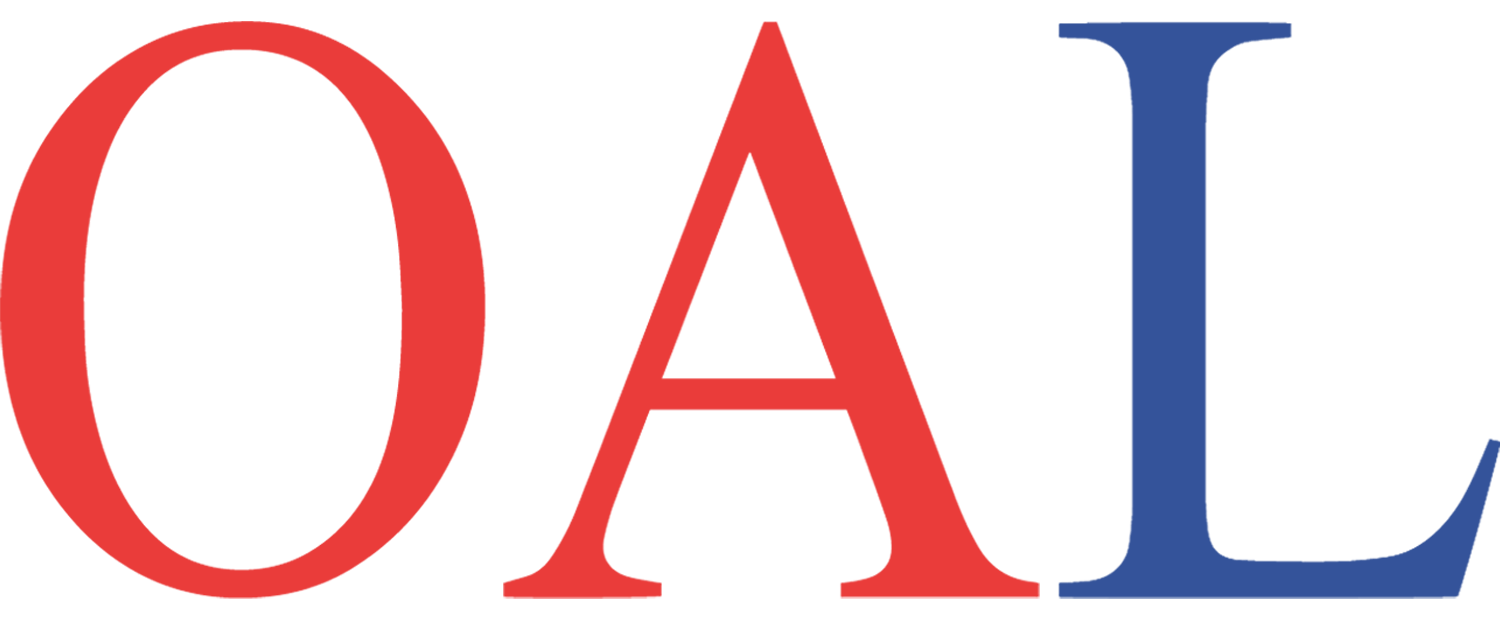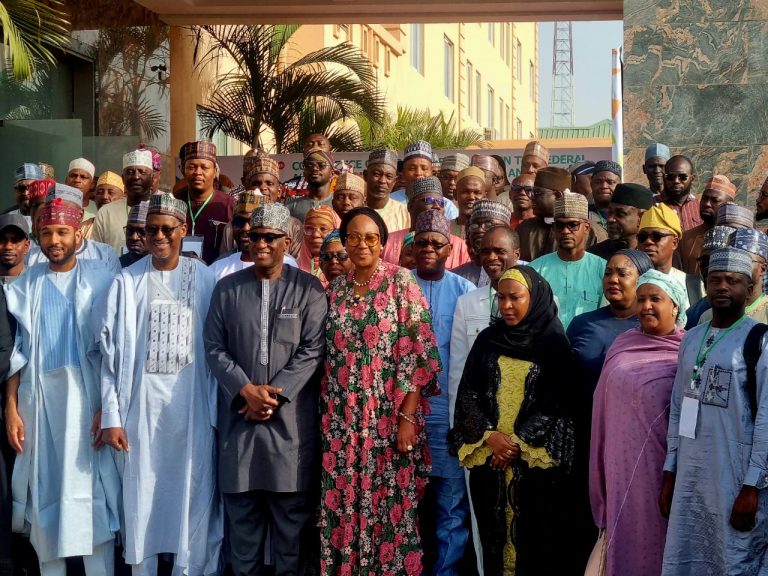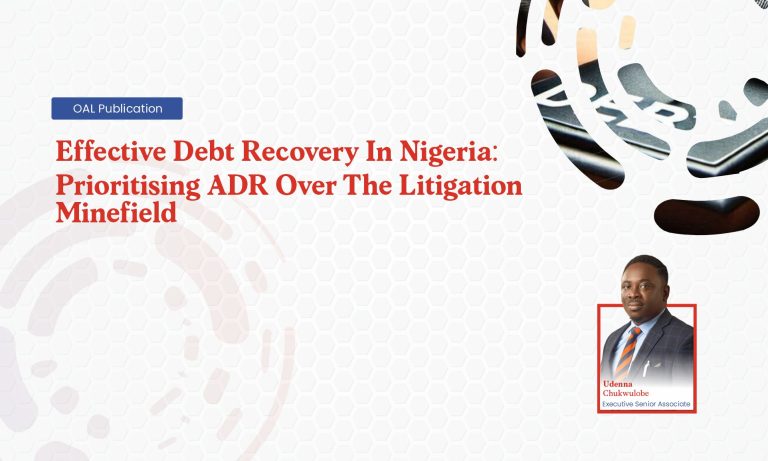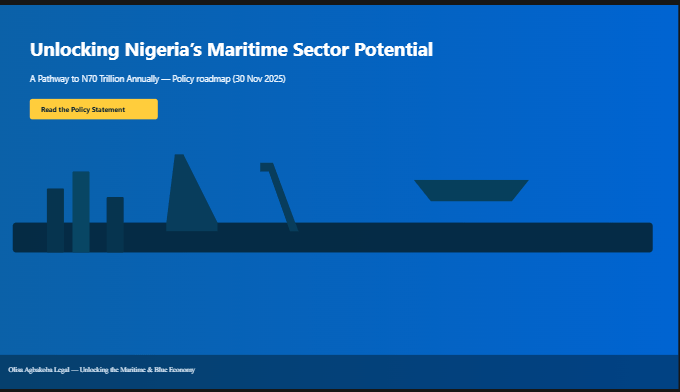
Understanding Commercial and Media Broadcasting Rights in Sports
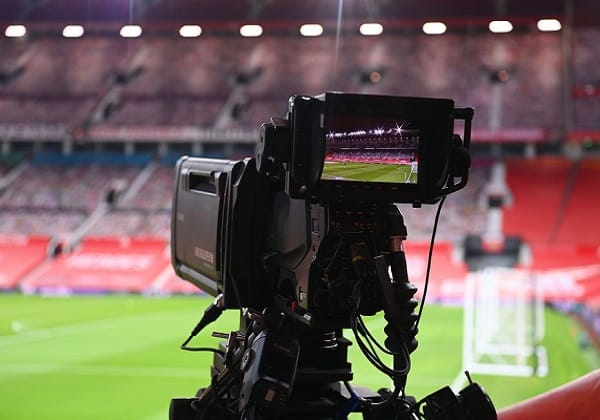
Broadcasting rights (also known as media rights) are legal rights which a broadcasting organisation owns and negotiates for the purpose of commercial exploitation.
In sports, copyright and related rights, particularly those relating to broadcasting, underpin the relationship between sport, television and other media. Television and media organisations have been known to enter bidding wars with the winner enjoying the privilege of an exclusive or non-exclusive license to broadcast sporting content. The value of these rights run into the tens of millions in dollars.
For top rated sports media organisations, the sale of broadcasting and media licenses represents their biggest source of revenue, generating the funds needed to finance major sporting events, pay wages of elite athletes and players , refurbish stadiums, contribute to the development of sport at grassroots level and more.
The world of premier football is a classic example of how high the stakes can go for these exclusive licenses. Through a complex tendering process, broadcasters compete to acquire the rights to broadcast games, and the bigger the game the higher the value to become a broadcaster of European football league games or become the official rights-holder of the competition.
The English Premier League (“EPL”) which has always been ahead of other leagues in terms of earnings thanks to its lucrative TV rights in comparison with other leagues operates a centralised distribution model. The EPL has also been known to allocate its incoming revenues generated from TV rights, across all clubs with the aim of creating balance in the competition and avoiding huge financial disparities.
When the Premier League was formed in 1992, a new playbook emerged proving to be a game changer for the sports media rights landscape and football itself. As previously mentioned, a new profit-driven approach was implemented and became the cornerstone of the organisation.
1992 marked the starting point of the golden era of sports media rights as the influence of the Premier league grew in the international and domestic media market. The launch of the Premier League on Sky Sports is what dramatically shifted the proverbial earnings goalpost for many clubs. One of the major technological developments in the satellite media industry was the introduction of subscription-based broadcasting which used encryption of the satellite signal acting as a turnstile to allow viewers access to content. Technological improvements related to the coverage of the games stood out such as the increased number of cameras installed around the pitch to cover the action from a wide array of TV angles previously unseen.
Football clubs own their rights however they give the Premier League a mandate to license these rights centrally to potential buyers, usually the highest bidder. The rights ownership and licensing system is governed by the Premier League’s constitution and any change must be approved by two-thirds of the clubs. Some of these rights can be utilised directly by the clubs. The club license agreement defines which rights may be used; however, clubs are not allowed to sell these rights to third parties.
DSTV as a Sport Broadcaster
DSTV is a Sub-Saharan direct broadcasting satellite service from South Africa, and the largest operator in Africa, founded in 1995 under the company Multichoice. It owns the rights to broadcast the premier league and a host of other sports in Nigeria and Africa as a whole.
DSTV boasted 10.26m subscribers as at 2019 according to Statista.com and it is also the broadcast partner of the Nigerian Premier Football League (‘NPFL’) in Nigeria. This deal has ensured that the popular channel ‘SuperSport’ of DSTV will remain the official broadcaster of the NPFL until 2025.
These rights also extend across the entire broadcast territory of Sub-Saharan Africa, including South Africa, in all languages and through all distribution platforms, including television, internet and mobile.
Image Rights in Relation to Broadcasting Rights
In the world of football and sports in general, image rights are the rights intrinsically belonging to a player to control, sell, license and in doing so monetise his or her likeness i.e. his or her image, name, nickname, voice, signature and all other characteristics unique to the player.
At the beginning of a sportsperson’s career, the athlete or player’s image rights are owned by the athlete or player in so far as they cannot be exploited, licensed or assigned without his or her prior consent or until he or she secures the services of a talent manager. Savvy elite international players will license their image rights to three broad categories of licensee (i) their club (ii) their personal sponsors and (iii) national association. In parts of the west, particularly the United Kingdom, the player’s talent manager may advise that a separate business is registered to manage the player’s image rights contracts and receive income.
Under the NIgerian Premier Football League (NPFL) Rules, a player’s image rights obligations are expressly incorporated in Form 7 of the Rules, specifically in Clause 4.3 through 4.7. Clause 4.3 of the contract is the assignment clause that recognises the club’s rights to exploit the player’s image rights. By clause 4.4, the player agrees not to undertake any promotional activities on the club’s behalf nor assign his image rights to any other person. The player is further obliged under article 4.5 of the contract to undertake promotional activities on behalf of the club. This clause is complemented by clause 4.6 where the player expressly assigns the copyright to his photographs to the club and grants to the club, permission to exploit his image for promotional purposes. However, it is pertinent to point out that the exploitation of a player’s image imposes a corresponding obligation on the club to ensure that such usage is not subjected to any greater usage than that of his teammates.
The club is also obliged to ensure that the player’s photograph or image does not imply an endorsement by the player of the product or service being promoted. This was the thrust of the dispute between Mohammed Salah and the Egypt Football Federation where the player’s representatives alleged that their client’s image was subjected to greater use vis a vis that of his teammates and gave the impression that the player endorsed the use of Egypt Air.
The recent case of Real Madrid with La Liga challenging the Spanish soccer body’s authority to commercialise the league’s broadcast rights is instructive for understanding the need for centralised control of broadcasting rights by a league. The Madrid court dismissed the reigning Spanish champions’ legal claim, ruling in favour of La Liga’s centralised rights management and its responsibility to increase the value of the competition domestically and abroad.
Real Madrid requested that the court make it mandatory for La Liga to provide and prepare thorough financial accounts for the 2018/19 season, including details on the sale of the league’s broadcast rights. In addition, the club wanted the court to reverse certain agreements approved at La Liga’s general assembly in October 2019; while it also claimed it was due a payment of €23.9 million (US$28.9 million) representing its share of payments from the league.
The court ruling dismissed all those claims. It held that La Liga has an unequivocal role in the commercial management of audiovisual rights and in the exercise of its obligation it is required to guarantee optimal management and investment.
It is pertinent to note that clubs have traditionally remunerated their players solely for playing football, however with the lines blurred between entertainment and sports, this relationship has evolved and commercial drivers push football further into the entertainment and branding space. With this, clubs are continuously looking for a variety of ways to ‘monetise’ their players and grow their revenue and fan base.
As such, clubs are entering increasingly into a variety of high value commercial branding partnerships ranging from clothing, aviation, lifestyle, food and beverages,etc due to the high demand for brand association with clubs and their high-profile players. It is a fact that some Premier League clubs have in excess of 60 commercial partners, all seeking the right to use images, which in this case includes DSTV (images includes the use of high-profile players in their advertising).
To conclude, we look at what we know about the power of brand association and image rights In relation to the story recently reported in social media about Wilfred Ndidi, and the use of his image on huge billboards in Nigeria to announce the incoming new football season.
There were several questions about whether DSTV can do this but as we know DSTV is and remains the official broadcast partners of the Premier League in Nigeria and for this reason it presupposes that the organisation may have authorisation to use images of EPL stars in their branding and products.
One thing is clear , the question posed by the footballer and subsequent engagement on the Twitter thread shows that there is a gap in knowledge amongst fans and perhaps even the sportsmen and women and there is a need to bring ongoing awareness about the mechanics of broadcasting and media rights to the general public.
Contributor


